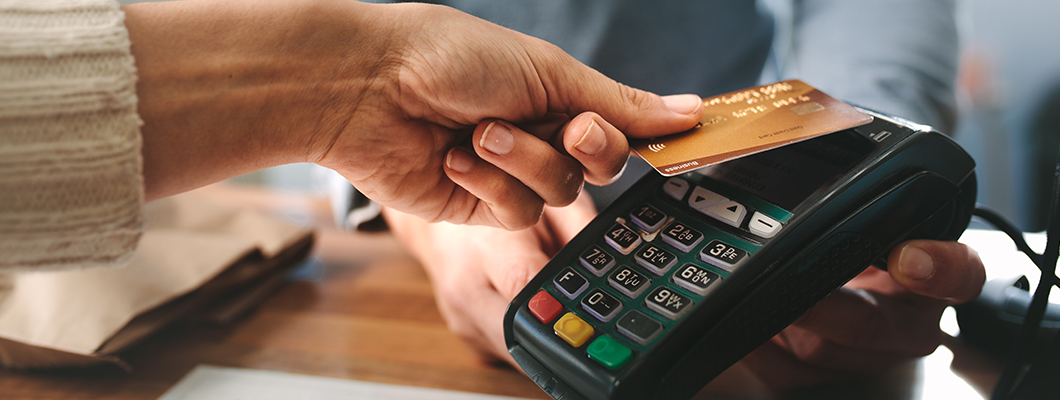Although contactless payments have existed since the 1990s, it has only recently gained popularity. India first saw the use of contactless payments in 2015, and the growth has only been increasing steadily. It saw a 6x increase from December 2018 to December 2021, showing the potential for contactless payments.
In this blog, we go over the types of contactless payments, the reason for their immense popularity, and how credit card usage will change because of it.
Types of Contactless Payments
1. Contactless credit card
A contactless credit card means the payment is made without inserting the card into the card reader. Here, the consumer only has to tap the card on the reader to complete the transaction. In addition, these cards ensure quick payment through Near Field Communication (NFC) and Radio-frequency identification (RFID).
They only work at a certain distance to ensure these payments are safe, usually between two to four inches.
2. Mobile Wallets
These are QR-code-based payment methods that can be accessed using your mobile device. To make a payment, simply connect your personal bank account or card to your mobile wallet. The QR-code scanner scans the code, displays the amount, and deducts the money automatically from the linked account once you enter the pin.
3. Digital Payment Tools
Digital payment tools are an umbrella term for all electronic device transactions. These include mobile wallets, internet banking, etc.
How Contactless Payments Became Popular
In 2018, three years after introducing the contactless payment system, the Finance Minister of India asked banks to issue contactless credit cards to grow digital payments. This set the ball rolling for consumers to enable quick payments as more of these features started to come in the same year. But it wasn’t until 2020 that most of this growth was noticeable.
When the pandemic struck, people were extra-cautious about contracting the disease. So, they avoided touch altogether, especially when dealing with payments. This made contactless payment modes, including contactless credit cards, popular.
After all, they allowed for payments without the risk of touching any cash or card systems. Because of this, contactless payments showed the fastest recovery compared to other forms of payment F2F (face-to-face).
According to reports, 25% of transactions were contactless in January 2020. This number increased to 31% in a year, and the trend will grow. The VP of Visa in India and South Asia, Mr. Ramakrishnan Gopalan, says, “One in 6 F2F transactions are cardless.” Moreover, contactless payments are popular in metro and non-metro cities.
How will Credit Card Usage Change Due to the Contactless Payments Shift
As contactless payments become more popular, more businesses and retailers will accept contactless payments. While mobile wallets will still be popular, the number of contactless credit card holders will rise, given their convenience.
This is because contactless credit cards provide all of the benefits of traditional contact payments while at the same being faster yet secure.Addtionally depending on your credit card provider, you can earn reward points and several other benefits on every credit card transaction.
In simple terms, contactless credit cards will become more popular, given their convenience and perks.
Conclusion
India is witnessing wide digital adoption in recent years. From UPI to contactless, these forms of payments have revolutionized the way transactions are made today. Although contactless payment methods are more prevalent in urban areas today, as internet penetration grows, rural areas will also see a contactless payment revolution.
All forms of contactless payments will become popular. But those looking to get additional benefits on contactless transactions will prefer using contactless credit cards over other forms of payments. Looking for a contactless credit card with zero joining fee and annual fee. IndusInd Bank offers multiple contactless credit card options to choose from.


